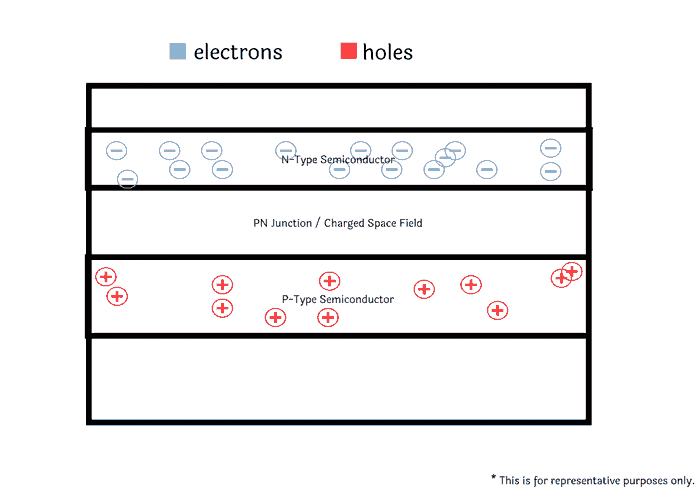At any given point, Earth’s surface receives approximately 1.73 x 1017 watts of solar energy which does not get utilized.
Introduction
The word Solar is used in respect to the Sun. Solar energy is used for energy received or harvested from the sun and Solar Power is used for the power derived from solar energy.
Sun emits solar energy in the following formats:
- Heat
- Light
- Electromagnetic Radiation
| Basic Data | |
|---|---|
| Surface Temperature | |
| Core Temperature | |
| Mass | |
| Luminosity (in watts) | |
| Luminosity (in lumen) | |
| Luminous Efficacy | |
| Radius | |
This energy can either be used in its original format or can be translated into a desired format. Electrical format is one of the most common format. Depending on the end application or use. They are harvested for:
- Light
- Heat
- Electricity
- Cooking
- Water Purification
- Storage of energy
Different tools, instruments and technologies are used to achieve this. These may be referred to as Solar Systems.
Solar Systems
As mentioned above, these systems are tools and instruments configured together to harvest solar energy and power. Based on the type of technology used, they can be classified as:
- Photovoltaic Solar Systems
- Thermal Solar Systems
Photovoltaic Solar Systems
Photovoltaic Solar Systems make use of the photovoltaic effect. The photovoltaic effect converts light from the sun into electricity with the use of semiconducting materials. These semiconducting materials are referred to as Solar Panels or PV Panels (are made up of several cells).A typical photovoltaic system comprises of :
- Solar or PV Panels
- Charge Controllers
- Inverters
- Batteries
Based on the configuration and use of the components of the system, Photovoltaic Solar Systems are of the following types:
- Direct
- Stand Alone
- Grid-Connected
- Grid-Connected with Battery Backup
Photovoltaic Solar Systems – How it Works
“In principle, a solar panel generates electrical current by the photovoltaic effect when light particles from the sun (also known as photons) knock off excess electrons from the atoms of semiconductors.”

Solar Panels are made up of several cells. A single solar cell is made up of adjacent layers of n-type and p-type semiconductor. The n-type semiconductor is in contact with conducting metal strips while the p-type semiconductor is in contact of a back plate. The conducting metal strips and the back plate act as terminals for conducting electrical current.
Here, the excess electrons from the n-type semiconductor and the excess holes from the p-type semiconductor get attracted to each other and create a charged space field at the junction, This junction is called as the P-N Junction.

As we can see the anatomy of the cell, it can be observed that the n-type layer of semiconductor is thin in comparison to the p-type layer of semiconductor. This is to allow the light particles to reach the charged space field or the p-n junction. When light particles or photons hit the charged space field, their energy is absorbed by the electrons. These electrons are now at a higher state of energy. Eventually the threshold energy of charged space field is breached and the electrons and holes move freely.

Now, if an external load is applied to the cell from the terminals via the conducting metal strips and the back plate, the electrons start flowing in the circuit which gives rise to an electrical current (which is in the opposite direction of the electron flow). Due to opposite polarity, the electrons get attracted to the holes and re-enter the circuit via the back plate and return to the state of electrical neutrality.
